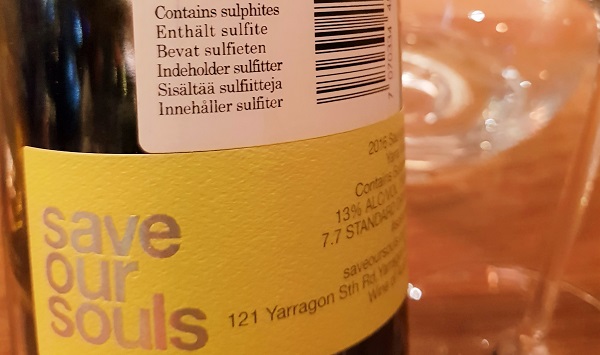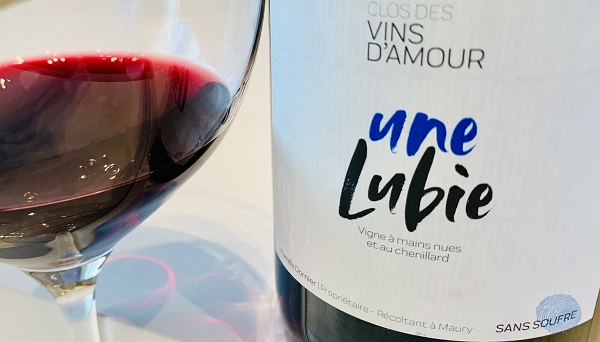What are sulfites?
Contains sulfites is often written in the back label of a bottle.
But what does it really mean?
Sulfur Dioxide (SO2) is a chemical permitted in winemaking.
Winemakers add extra sulfites to their wines as preserving agents.
No wine is sulfite-free, as sulfites are natural products of fermentation.
First used by Romans who burned sulfur candles (fumigation) to keep bugs off their wine barrels.
Today we know that sulfites have antibiotic and antioxidant action.
Ultimately they avoid wine turning into vinegar. They help wine age longer minimizing oxydation and microbes damages.
They also prevent browning in wine and in dried fruit such apricots and figs.
Products keep the original color appearance, and avoid rotting.
In Europe, sulfites are known as E220, as food preservatives in baked goods, condiments, potatoes and shrimp.
Sulfites help wine stability during shipping when temperatures varies and even against refermentation in whites with residual sugar.
Wine Headaches?
Good news: sulfites are not responsible for your headache!
1% of the US population is sensitive to sulfites, but symptoms do not include headaches.
Possible causes may be allergy to tannins, histamines, proteins or alcohol.
By the way, red wine contains less sulfites than white wine, because tannins are natural preservatives.
White dessert wines contain most sulfur, followed by white medium sweet wines. More sugar needs more protection.
Sans Soufre
"Sans Soufre Ajouté" is French for "No Sulfur Added".
If you are extremely sensitive to Sulfites, this is the way to go.
Natural wines are trendy and include wines that are "low-intervention", "naked" or "raw".
Wine purists argue that a wine without preservatives expresses best the terroir and that SO2 kills also friendly microbes.
Healthy grapes already have natural stabilizing agents such acidity and tannins (reds).
At wine tastings, unsulfured wines stand out for beeing alive and for their fruit vivacity, long lingering and a unique character.
The same concept can apply to cheese made with unpasteurized milk. It simply "tastes" more.

